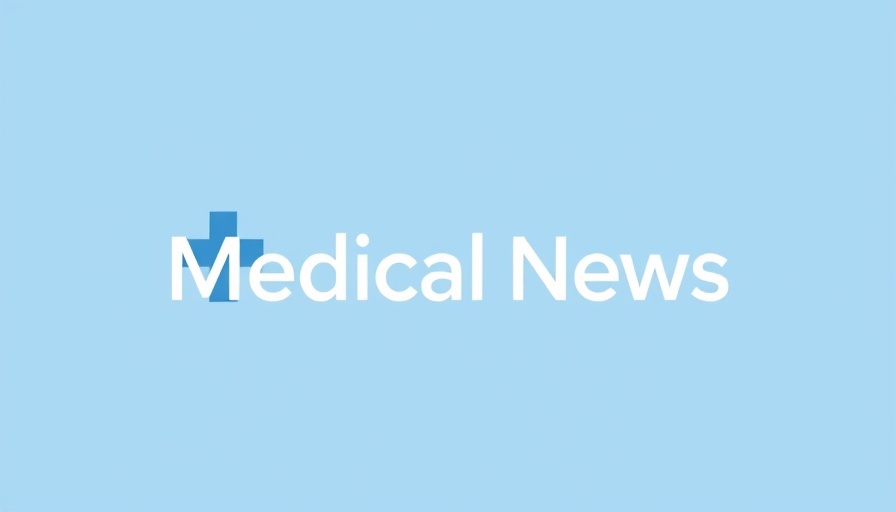
The Alarming Rise of Gut-Brain Disorders
Since the onset of the COVID-19 pandemic, healthcare experts have observed a significant uptick in gut-brain disorders, a category that includes conditions like anxiety, depression, and gastrointestinal issues. The pandemic has not only disrupted our daily routines but has also exacerbated stress and anxiety levels for millions. This has led to an alarming increase in these disorders, affecting both mental and physical health.
Why Are Gut-Brain Disorders Surging?
The connection between gut health and mental health is well-established, often termed the 'gut-brain axis.' A healthy gut influences mood and cognitive functions, whereas disturbances in gut health can lead to psychological symptoms. The pandemic has shifted our lifestyles dramatically, leading to more sedentary behavior, unhealthy eating habits, and increased isolation. With many turned to comfort foods and less physical activity, the gut microbiome's diversity has decreased, resulting in negative health implications.
Emotional and Human Angle: Real People, Real Struggles
Individuals grappling with post-pandemic gut-brain disorders share stories of fatigue, anxiety, and sometimes debilitating conditions. For example, a mother of two described struggling with anxiety that surged during lockdown, affecting her gut health and, consequently, her emotional state. This emphasizes the real-life implications of these disorders, showing how mental and physical health are intertwined.
Expert Opinions: Addressing the Crisis
Healthcare professionals urge a multi-faceted approach to combat these issues. Nutritionists recommend an increase in foods rich in probiotics and fiber to nurture gut health, while mental health experts emphasize therapeutic techniques and stress management strategies. Incorporating practices like mindfulness and cognitive-behavioral therapy can play a significant role in alleviating symptoms.
Future Predictions: Trends to Watch
As awareness grows about the connection between gut health and mental well-being, we can expect an increase in holistic approaches to treatment. This includes personalized nutrition plans and mental health support adapted around gut health. Advances in understanding how the gut microbiome influences mental states could shape future therapies.
Actionable Tips for Managing Gut-Brain Disorders
For those affected, there are several practical insights to consider. Incorporating more fiber-rich foods like vegetables, fruits, and whole grains into your diet can boost gut health. Regular exercise—even a daily walk—can positively impact both physical and mental health. Additionally, maintaining social connections, whether through phone calls or virtual meet-ups, can significantly lower feelings of isolation.
Coping with Stress: Why This Matters for You
Recognizing the relationship between your gut and brain is crucial when navigating stress management. Individuals suffering from gut-brain disorders often experience unique emotional challenges. It's essential to address these issues with the seriousness they warrant while seeking support from professionals when needed.
With the growing recognition of how intertwined our mental and physical health really is, taking action could mean not just better living but a healthier future. If you’re struggling with gut-brain disorders, now is the time to take control of your health by considering both your nutritional and emotional well-being.
 Add Row
Add Row  Add
Add 




Write A Comment